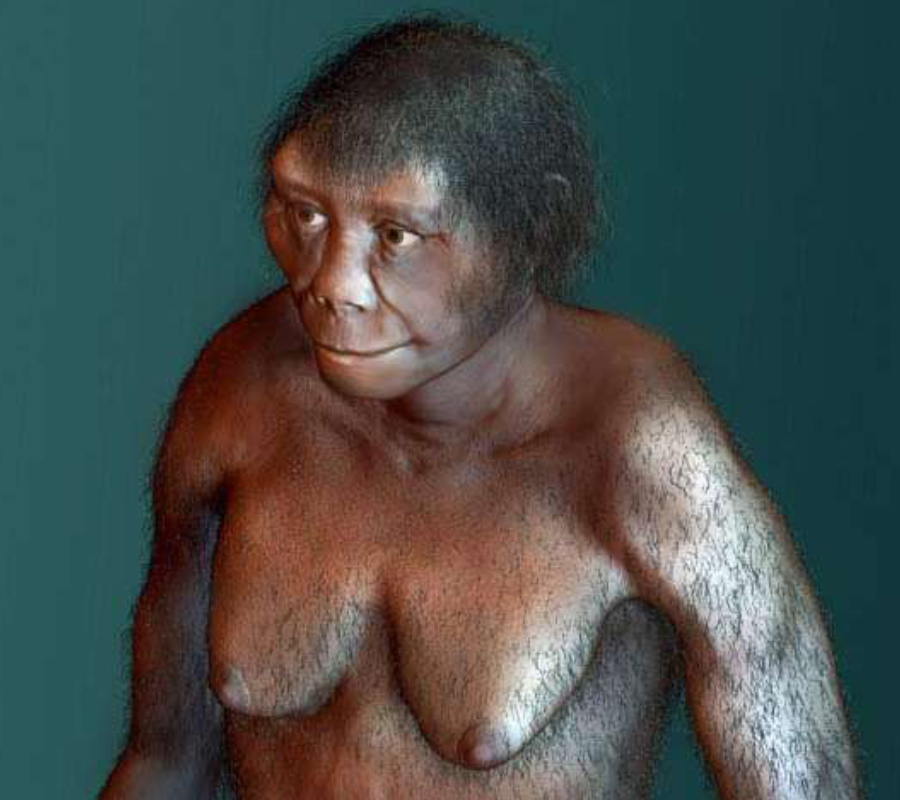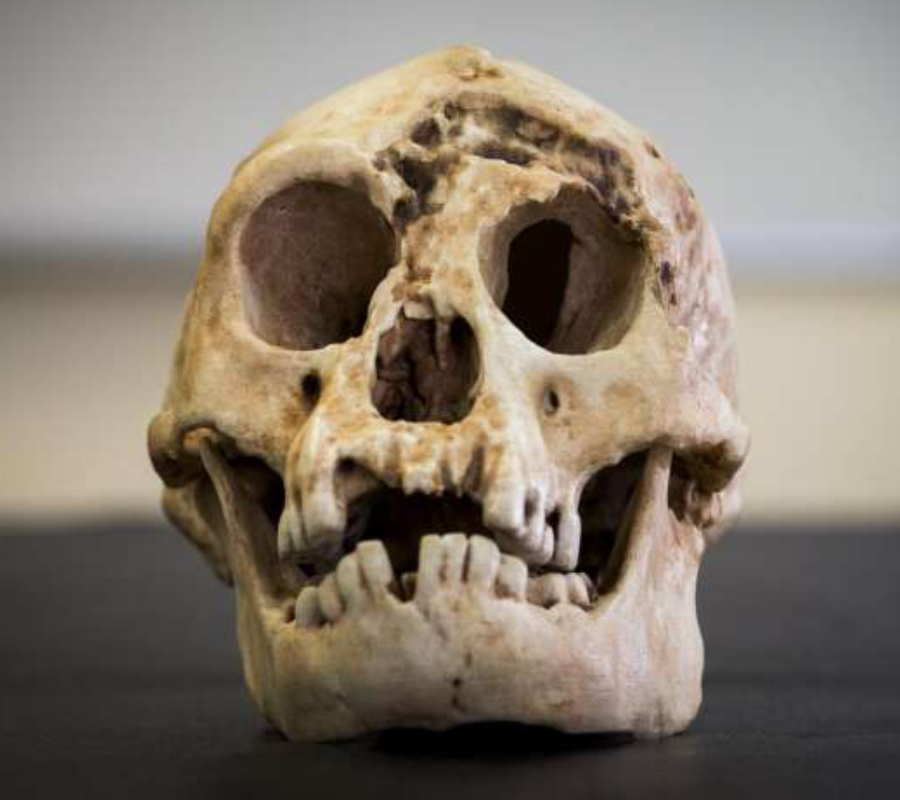Australian researchers shed more light on the origin of Homo floresiensis, also known as the Indonesian “hobbits” due to their reduced size.
They discovered that Homo floresiensis did not evolve from the Homo erectus, the only other hominid species known to live in the Indonesian isle of Java, where the Homo floresiensis was known to reside. Researchers suggest that these species shared a common ancestor that’s yet to be pinpointed.

We still don’t know it all about our ancestors
Anthropologists speculate that the Homo floresiensis evolved in Africa and then migrated to Asia. Other theories suggest that the Homo erectus and Homo floresiensis’ common ancestor moved from Africa and then evolved in some other place.
They analyzed 133 data pivots that could help relate the Homo floresiensis to the Homo erectus. None of the discovered data suggested that one species descended from the other.

“We looked at whether Homo floresiensis could be descended from Homo erectus. We found that if you try and link them on the family tree, you get a very unsupported result. All the tests say it doesn’t fit—it’s just not a viable theory,” stated lead author Dr. Debbie Argue of the ANU School of Archaeology & Anthropology.
Argue also wondered why the jaw of the Homo erectus would ever evolve back toward the features displayed by the Homo floresiensis. This backs the theory that the Homo floresiensis could have evolved much earlier than the Homo erectus, over 1.75 million years ago.
The “hobbit,” first discovered in the island of Flores in Indonesia, would have measured 3.5 feet when standing tall. At least nine different specimens have been identified, including a complete skull. At first, researchers believed that they were a descendant of Homo erectus after they arrived at Flores a million years ago, but became dwarfed due to “insular dwarfism.” Furthermore, the Homo floresiensis had a small brain size, almost as large as a chimpanzee’s and half as large of a Homo erectus’.
Insular dwarfism is a process that occurs in large animals when the population is limited to a small-sized environment. Species that have gone through insular dwarfism include dinosaurs, elephants, sloths, and foxes.

The bones of Indonesian hobbits have been described as closer to the shape and structure of chimpanzees than modern humans. Some researchers even propose that the Homo floresiensis is a separate species of human, rather than another species with some genetic disorder.
This comes partially from the microcephaly hypothesis, which was rebuked after a CT scan revealed that the skull of the Homo floresiensis did not belong to a pygmy species and that it is not a product of malformations. Regarding their intelligence, researchers measured the size of Brodmann’s area 10, and it seems that that of Homo floresiensis is as large as a modern human’s, which suggests that they could’ve been able to take part in advanced techniques such as cooking, using stone tools, and hunting in groups with weapons.
Source: Phys.org
